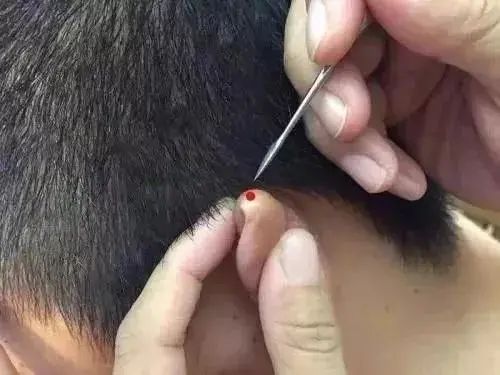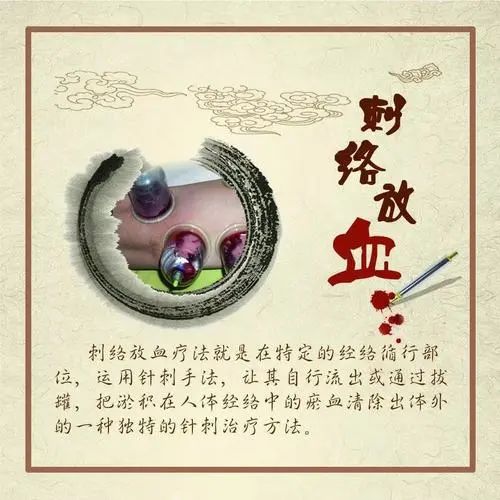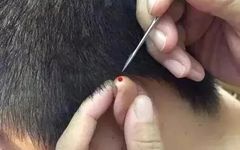The Near-Lost Folk Art of Bloodletting Therapy

Why Learn Bloodletting Therapy?
Bloodletting therapy is one of the traditional acupuncture methods, which involves using a three-edged needle to puncture specific acupuncture points. After piercing the skin, gentle pressure is applied to allow blood to flow out as a treatment for various diseases.
The primary sites for bloodletting are the tips of the ears and fingers. Additionally, bloodletting therapy can be combined with cupping therapy to form a bloodletting and cupping technique. Bloodletting has the effects of invigorating blood circulation, dispelling stasis, and alleviating pain.
Bloodletting therapy involves puncturing acupuncture points or superficial blood vessels with a three-edged needle to release a small amount of blood, serving as a method for preventing and treating diseases. It has effects such as awakening the mind, relieving heat and swelling, and alleviating pain from stasis.
This therapy is suitable for acute conditions, heat syndromes, excess conditions, stasis syndromes, and pain syndromes.

The Concept of Bloodletting Therapy
Based on the patient’s condition, specialized needles are used to puncture specific acupuncture points or superficial blood vessels to release a small amount of blood or lymphatic fluid as an external treatment method for diseases. This method is also known as bloodletting or puncturing blood vessels.
This technique is simple to perform and has rapid effects, often leading to immediate relief from chronic ailments, achieving significant results that cannot be attained by medications or other acupuncture methods.
Chinese herbal medicine supplements qi and blood, regulates yin and yang, moxibustion supplements yang qi, acupuncture regulates qi, and bloodletting therapy addresses blood stasis and heat.
Commonly Used For:
1. Points such as Fengchi (Wind Pool), Dazhui (Great Vertebra), Yamen (Mute Gate), Xinshu (Heart Shu), Taodao (Pathway), and Shenzhu (Body Pillar) may present with cervical spondylosis, dizziness, headaches, head shaking, neck stiffness, difficulty turning the head, back heaviness, palpitations, and irregular heartbeat;
2. Points like Weishu (Stomach Shu), Pishu (Spleen Shu), and Sanjiao Shu (Triple Warmer Shu) may lead to loss of appetite, indigestion, weight loss, fullness, acid reflux, gastritis, and even gastric cancer;
3. Points such as Shenshu (Kidney Shu), Mingmen (Gate of Life), and Yaoyangguan (Lumbar Yang Pass) may result in lower back soreness, heaviness, pain, coldness in the legs, weakness, numbness, sciatica, erectile dysfunction, benign prostatic hyperplasia, and menstrual irregularities in women;
4. Points like Jianzhongshu (Middle Shoulder Shu), Jianjing (Shoulder Well), and Jugulatum may cause inability to lift the arms, finger numbness, and hand tremors;
5. Points such as Yintang (Seal Hall), Meizhong (Eyebrow Center), Yuyou (Fish Waist), Yangbai (Yang White), and Shentong (Divine Communication) may lead to headaches, eye strain, and fatigue.

